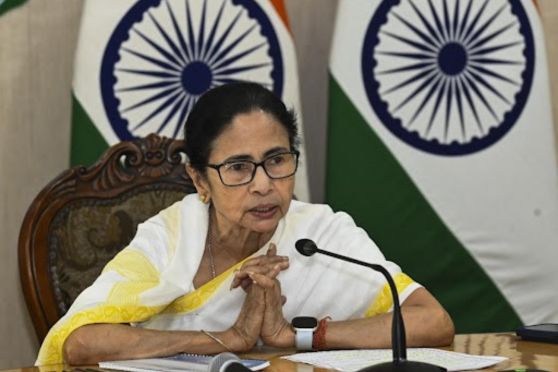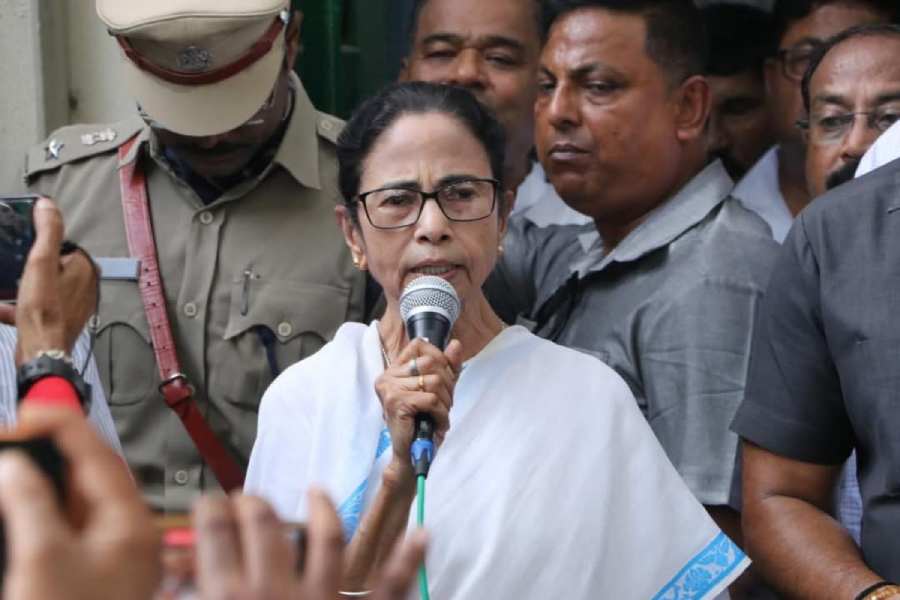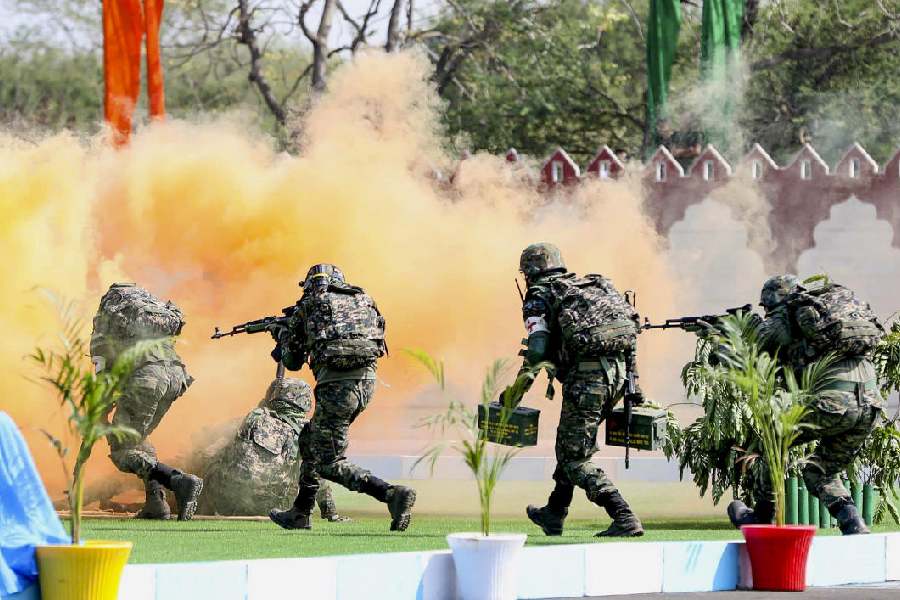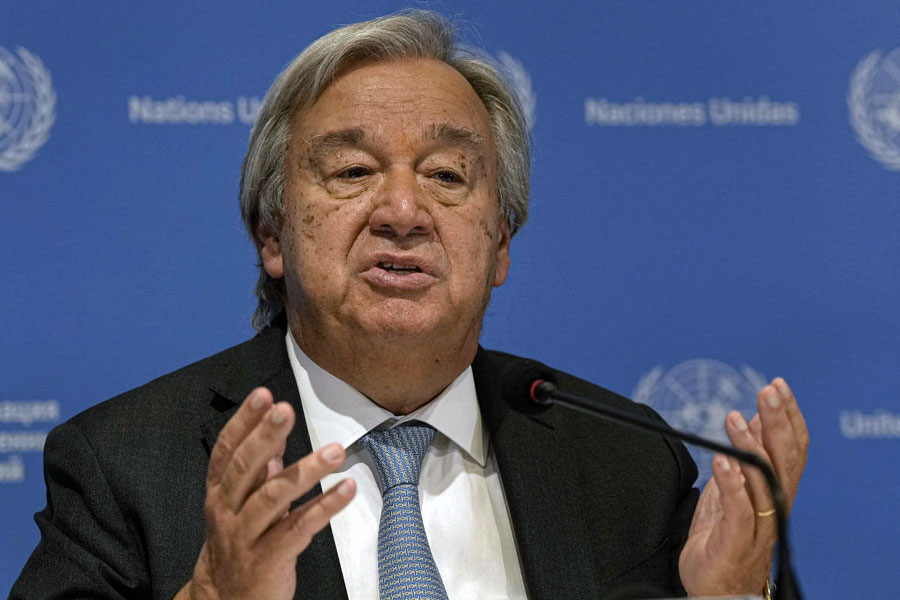Since 1995, Afghanistan has seemingly been caught in a time warp, at the hands of the taliban that stands for a new brand of political-fanatical leadership which periodically grabs the world's attention by its medieval puritanical decrees. Yet the men who pass these decrees, as part of the collective called the taliban, remain cloistered. Little is known about them as they confabulate in the cities of Kandahar and Kabul, hooded in secrecy, even as Afghanistan and its people sink into a morass of poverty and misery.
But despite the universal shudder that accompanies the mention of the taliban, the taliban's emergence that has now made Afghanistan a pariah in the world community, was once widely welcomed by most Afghans after years of Soviet occupation and the civil war that followed.
The network of teachers and students, mullahs and talibs, in rural madrassas in Afghanistan and the neighbouring Pashtun-populated areas of Pakistan has played an important part in the history of the country for centuries. Contemporary Afghan history is littered with records of the vital roles the taliban and mullahs have played in all major wars in Afghan history, especially during the British-Afghan wars in the 19th century.
During the anti-Soviet jihad, they constituted one of the important sources of recruitment for the mujahedin. In April, 1992, as civil war broke out amongst the different mujahedin groups, millions of Afghans became refugees. The country's educational system collapsed, and rural madrassas provided almost the only education available. Today's taliban movement was formed in response to the failure of the mujahedin to establish a stable government after the Soviet withdrawal.
A group of madrassa teachers and students led by the mullah, Muhammad Umar, formed the taliban movement to end the warlords' power and establish a pure Islamic regime. Aid from Pakistan enabled them first to seize Kandahar in October-November 1994 and to expand till they controlled virtually the entire country in August 1998.
Despite their expansion beyond their original home base, the core taliban group consists of a group of mainly Kandahari mullahs trained in madrassas affiliated with the Deobandi movement in Afghanistan and Pakistan. This leadership thus has both a regional and ideological component.
But the taliban does not represent simply the traditional code of the conservative Pashtun tribes of southern Afghanistan, but an Islamic ideological radicalization of elements of that code under the impact of war and mass displacement.
While their restrictions on women may bear some resemblance to the tribal code, other regulations, such as forbidding celebration of Navroze are opposed to traditionalism. Especially in the non-Pashtun cities that they rule, the taliban enforces this ideology through a new disciplinary apparatus alien to tribal traditions. Their rule thus has more to do with power than with an avowal of Islamic principles.
In their five years in power, the taliban has had few resources, as most resources go to the war effort. But it has increasingly sought to adopt a discourse of Afghan nationalism as well as Islamic traditionalism and is trying to recreate a centralized Afghan state as seen in the establishment of the ministry of enforcement of virtue and suppression of vice (al-Amr bi al-Ma'ruf wa al-Nahi'an al-Munkir), with responsibilities for 'guidance' or irshad, the Islamist term for political and moral control.
For all the power that resides in Umar, at the helm of unarguably one of the world's most totalitarian regimes, he remains in obscurity, rarely making any public appearance, or even addressing the media. Umar was 'elected' amir al-mu'minin (commander of the believers, a title of the caliph) by an assembly of about 1,200 invited ulama in 1996. All decisions are ultimately taken by him.
He originally headed a 10-member supreme shura (consultative body) and a military shura, both based in Kandahar. After the taliban captured Kabul, it established the Kabul shura, consisting of the ministers and acting ministers of the taliban government. It is believed that as Umar is based in Kandahar, there is a conflict
of interests that often
develops between the Kabul
and Kandahar sections of the
taliban.
The taliban has been successful in maintaining a monolithic image, with Umar as the head of the movement. But the current taliban movement is, an integrative movement, having in its ranks different taliban from various regions as well as some former army officers.
With the passage of time and after the incorporation of local commanders who 'had defected from other mujahedin groups, the taliban leadership has also been exposed to more dissension. The major division is between factions of the taliban itself, with some factions going for a more moderate line.
Another faction includes the supporters of the late maulvi, Rabbani, and is more orthodox and supported by Umar. The second split is between the new entrants and the older leadership.
It is this factionalism that is probably in a way also responsible for the increasing fanaticism displayed by the taliban. Plagued by insecurity, ostracized by most of the world community, there is now all the evidence of a power struggle between the second rung of taliban leaders, intensified since the death of
Rabbani earlier this year.
The open attacks on minorities, disregard of world opinion as over Bamiyan, are also indicative of the malaise of insecurity and power-hunger that is seen in most totalitarian, fanatical regimes. It was evident in Germany under Hitler, even in Stalin's Russia - where each player tries to outdo the other in his quest for the ultimate 'pure' state.
 Tuesday, 06 May 2025
Tuesday, 06 May 2025









